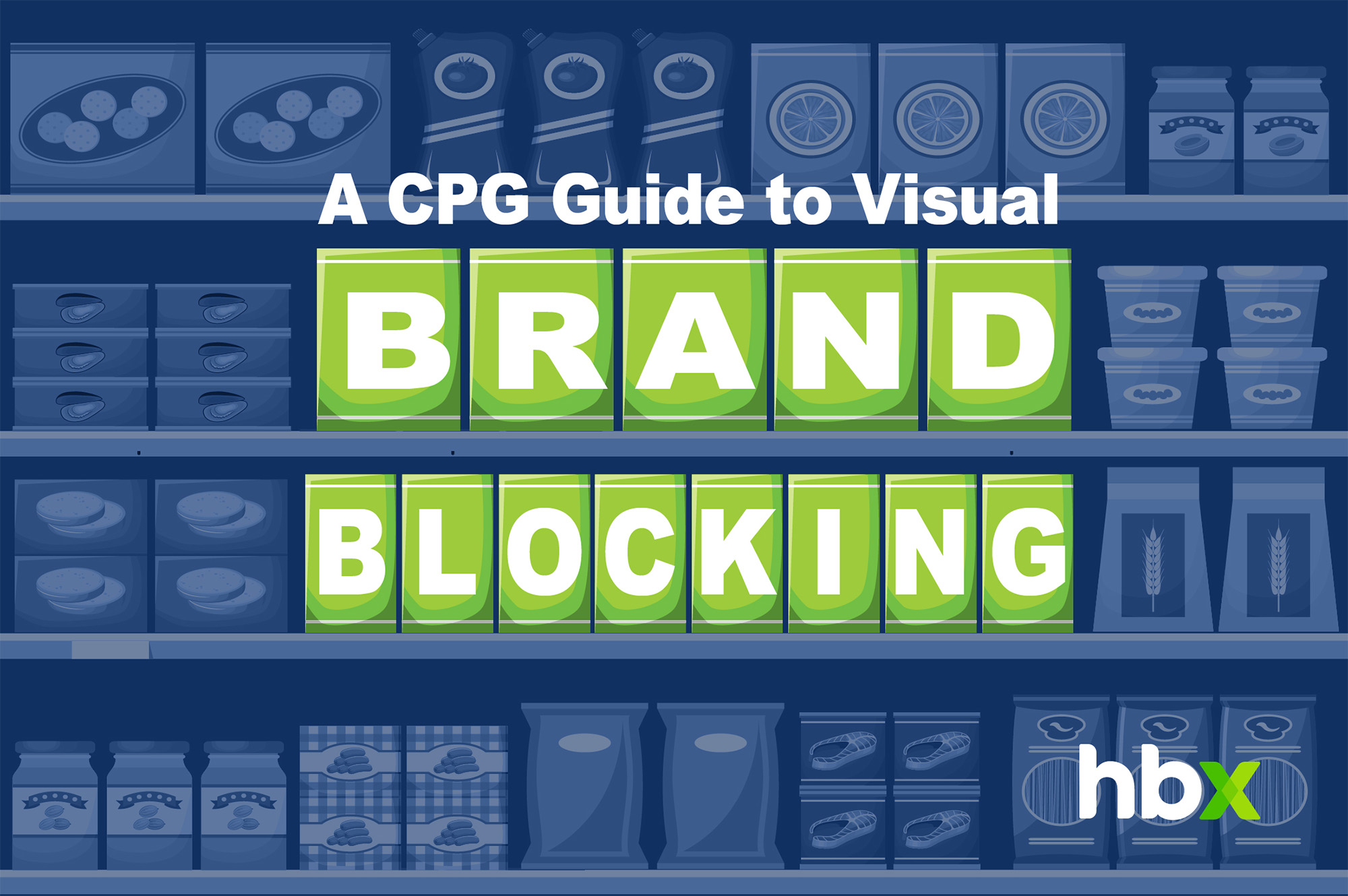
In the highly competitive world of consumer package goods(CPG), visual branding plays a critical role in capturing consumer attention and driving purchases. Brand blocking – sometimes called billboarding – is the technique of creating visual continuity between packs through color, pattern or architecture repetition. Reserved for brands that have multiple packages on shelf (i.e. multiple facings, several flavors, forms and or sub-brands) this approach offers advantages in terms of brand visibility and recognition.
It sounds like a no brainer, right? When done properly, brand blocking is a tool all brands should utilize, however it needs to be executed strategically to avoid some critical drawbacks. Let’s jump into it by discussing the key approaches, benefits and watch-outs.
There are many techniques to create effective brand blocks.Brands often combine multiple methods in tandem to achieve the most effective results. The following outline the most common approaches:
The simplest and perhaps most powerful way to brand block is through color. Creating brand packaging with the same color instantly captures attention and holds the brand together.
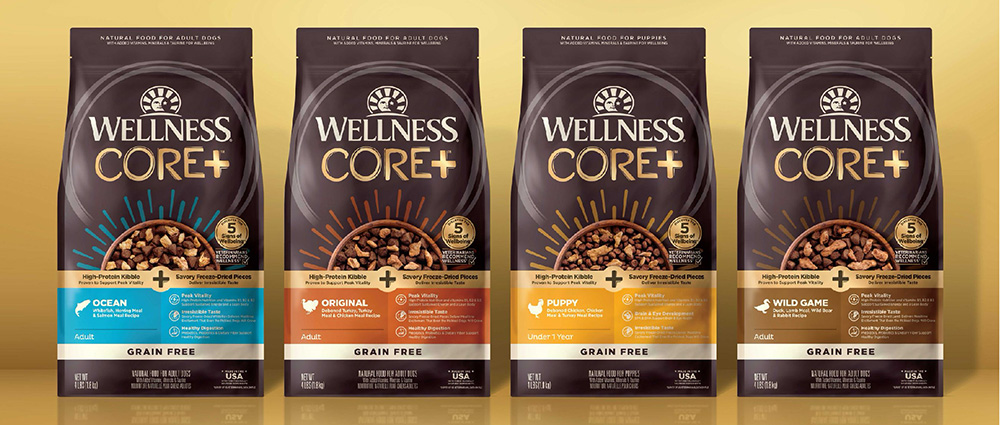
Consistent placement of package elements such as logos, flavor banners, and iconography can create an effective brand block even when colors, pattern, and font styles change.

Packaging shape and structure is another powerful way to create brand blocks and sometimes segmentation within a brand. Think Coca-Cola or Absolute Vodka bottle shape.
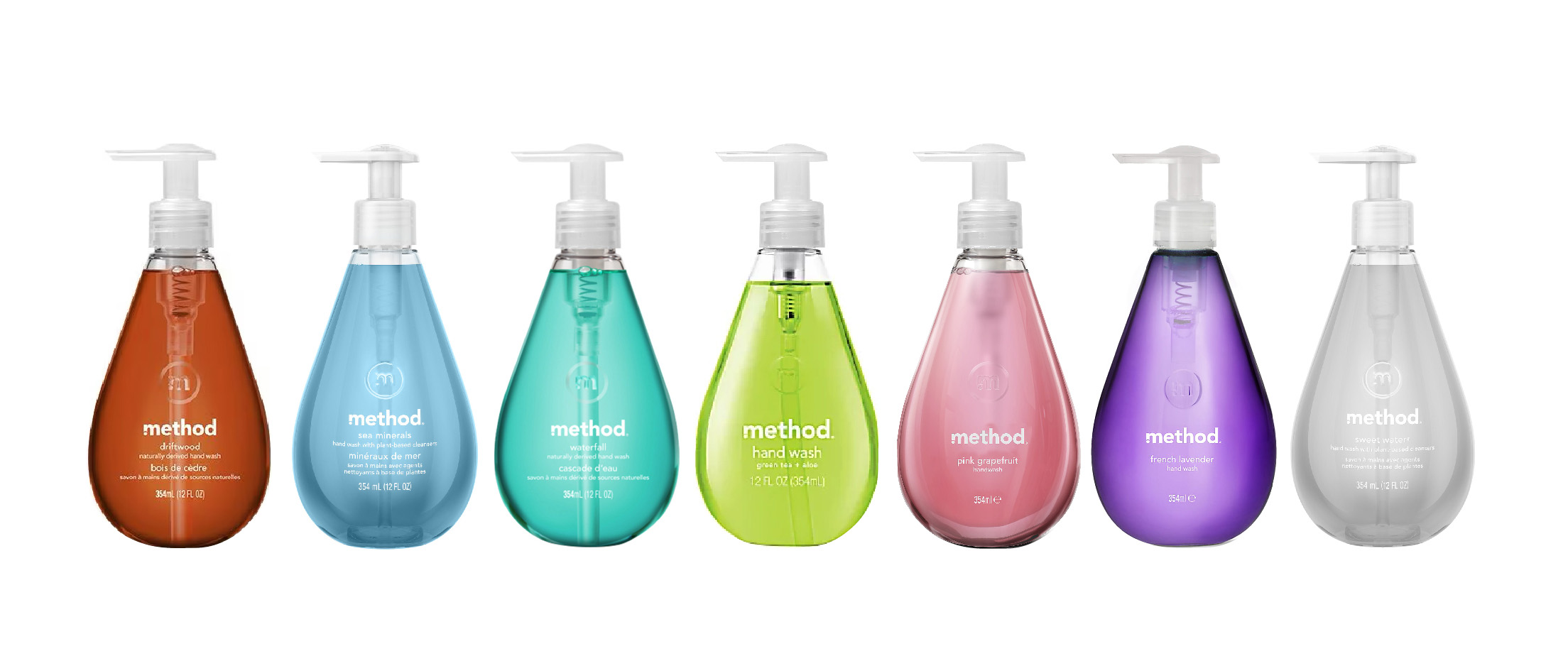
With this technique, an image on one package is completed by an adjacent package to create a complete picture. Boxes and packages that have multiple display sides have the best opportunity to emphasize this. This is most prevalent in multipack displays and merchandising environments.
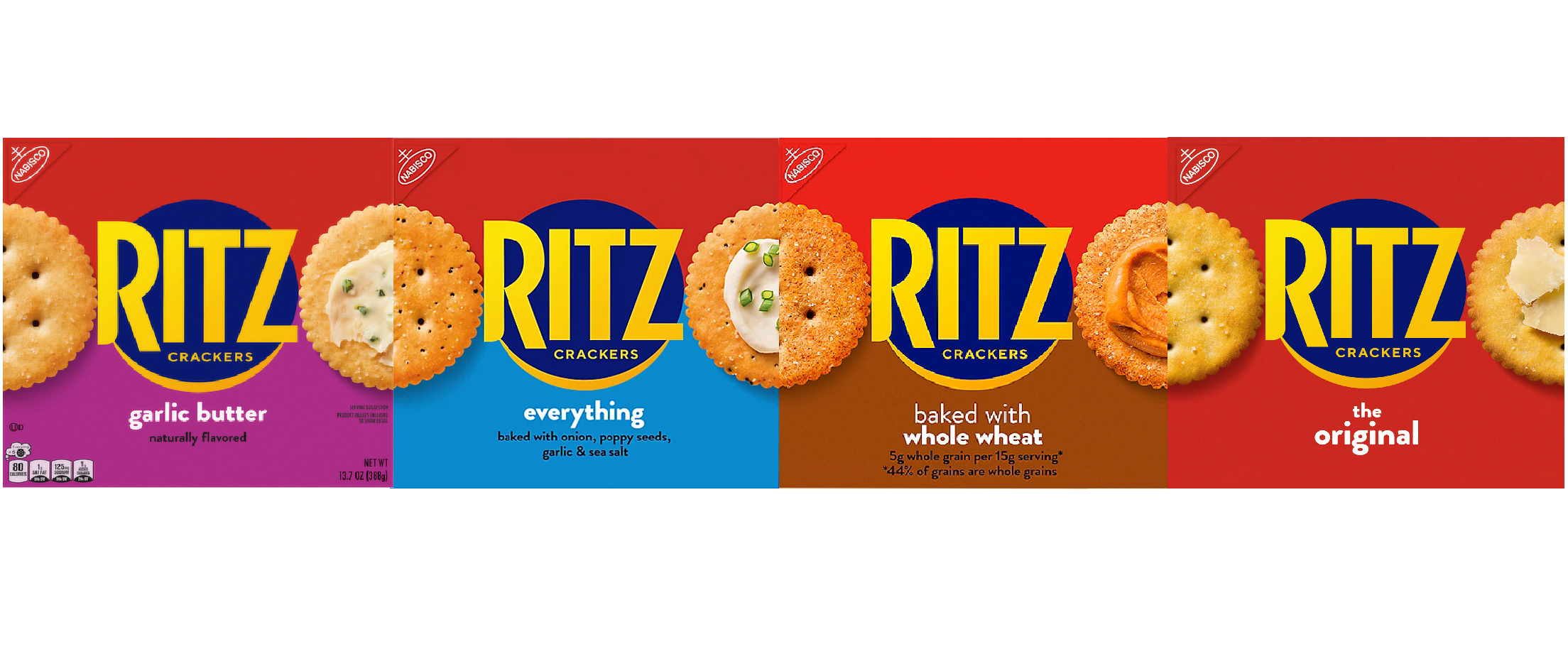
Repetition of graphic pattern is another, more subtle way to link packages together. Having patterns that span multiple facings helps link each package to its neighbor.
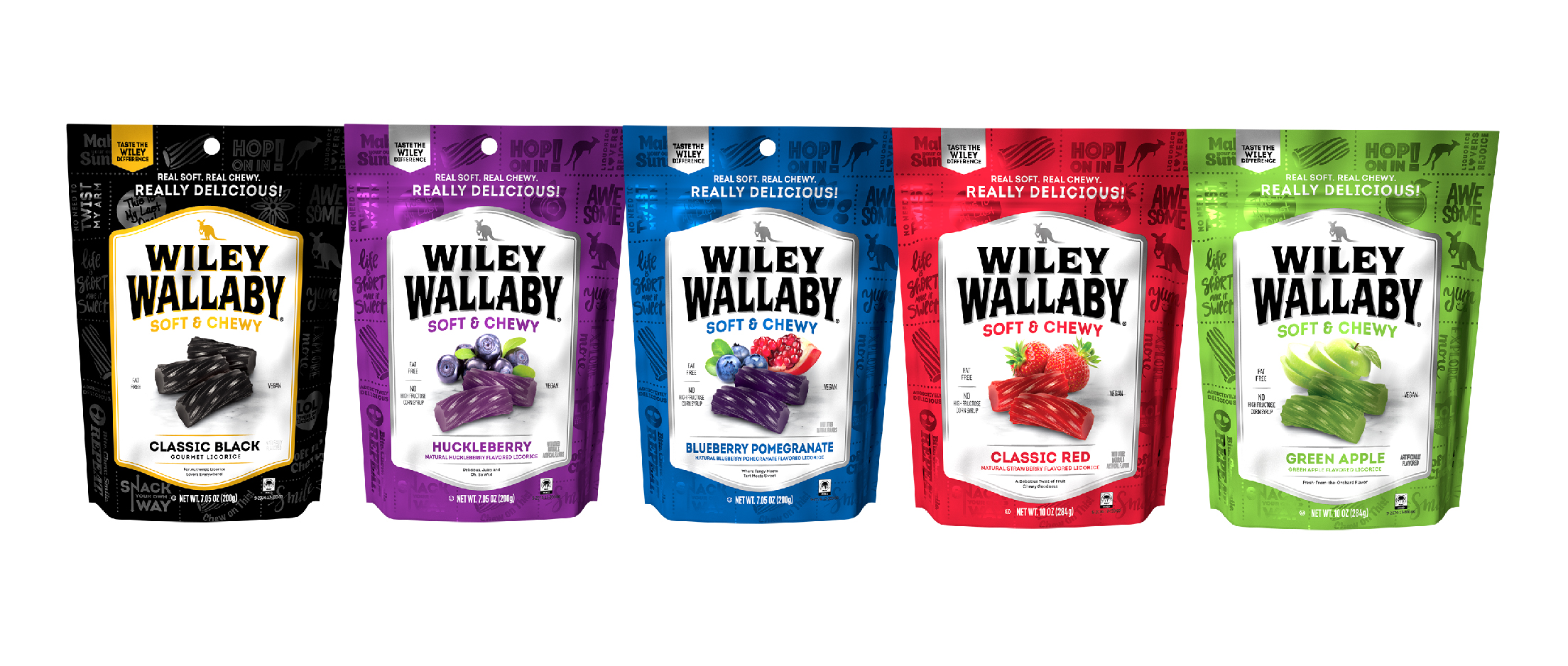
When executed well, brand blocking creates a multiplier effect. In that a collection of products makes a bigger impact than any one on its own. The following points explore some of the advantages of brand blocking when utilized correctly.
Brand blocking helps products stand out in cluttered retail environments.When multiple SKUs from the same brand are grouped together with uniform packaging, they create a bold, eye-catching display that attracts consumer attention.
Consistent use of colors, logos, and design elements across product lines reinforces brand identity. Consumers can more easily recognize and recall the brand, leading to increased trust and familiarity. A key driver of repeat purchase.
A visually cohesive product block can give the impression of a well-established, professional, and reliable brand. This can instill confidence in consumers, especially when encountering new or unfamiliar product extensions within the same brand.
Brand blocking makes it easier for consumers to explore other offerings within the brand. For example, a shopper drawn to a brand’s shampoo may notice the conditioner or hair mask from the same line due to visual continuity, boosting overall sales.
With so many upsides, how could brand blocking ever be a negative? It boils down to the “you can’t see the tree from the forest” idea.When all your graphic tools are used to create a brand block, you may lose the ability to add distinction to individual products. The following examines some of the most common challenges.
This is a mistake I see most often. When products look too similar, consumers may struggle to notice the difference between varieties.This can lead to frustration and even worse, getting passed over for brands that highlight varieties more effectively. Consumers are time-starved and if products are not clearly differentiated, they can simply be overlooked.
Visually blocking the brand often prioritizes brand over product. As a result, individual products might not get the spotlight they deserve, especially if one has unique attributes or appeals to a different target segment.
Launching a new product that requires a distinct identity(e.g., a premium or eco-friendly sub-brand) becomes more difficult within a rigid brand-blocking framework. The need for visual consistency can stifle creativity and limit differentiation.
Too much uniformity can become monotonous. Shoppers may overlook a visually blocked brand if it blends into the background of their mental retail map. Instead of reinforcing attention, repetition may lead to disregard over time. Consumers can be fickle and easily bored or distracted. If you are not grabbing their attention, you can risk losing them to competition that better showcases innovation or new varieties.
Effective brand blocking requires careful design strategy. When managing a brand portfolio, it’s easy to default to one visual element—like a shape or layout—as the anchor for brand blocking. But sticking rigidly to a single device can limit flexibility and stifle creative opportunities across your product line.
As discussed above, there are many ways to create visual cohesion including: consistent color palettes, typography, logo treatment, or shared illustration styles. The trick is finding the right balance—tight enough to hold things together, but loose enough to adapt to different formats, categories, or audiences.
Visually brand blocking can be a powerful tool for CPG brands aiming to dominate shelf space and reinforce consumer loyalty.However, it comes with trade-offs that need to be managed thoughtfully. The most successful brands are those that use this tactic strategically to create a strong and cohesive visual identity with clarity, variety, and relevance.

Design, Branding, Color Management
Have you ever viewed a designer's colors via Zoom a hundred times, only to find out the real printed color looks nothing like what you thought it would. The following are a few steps to make sure this never happens again.
This is the current page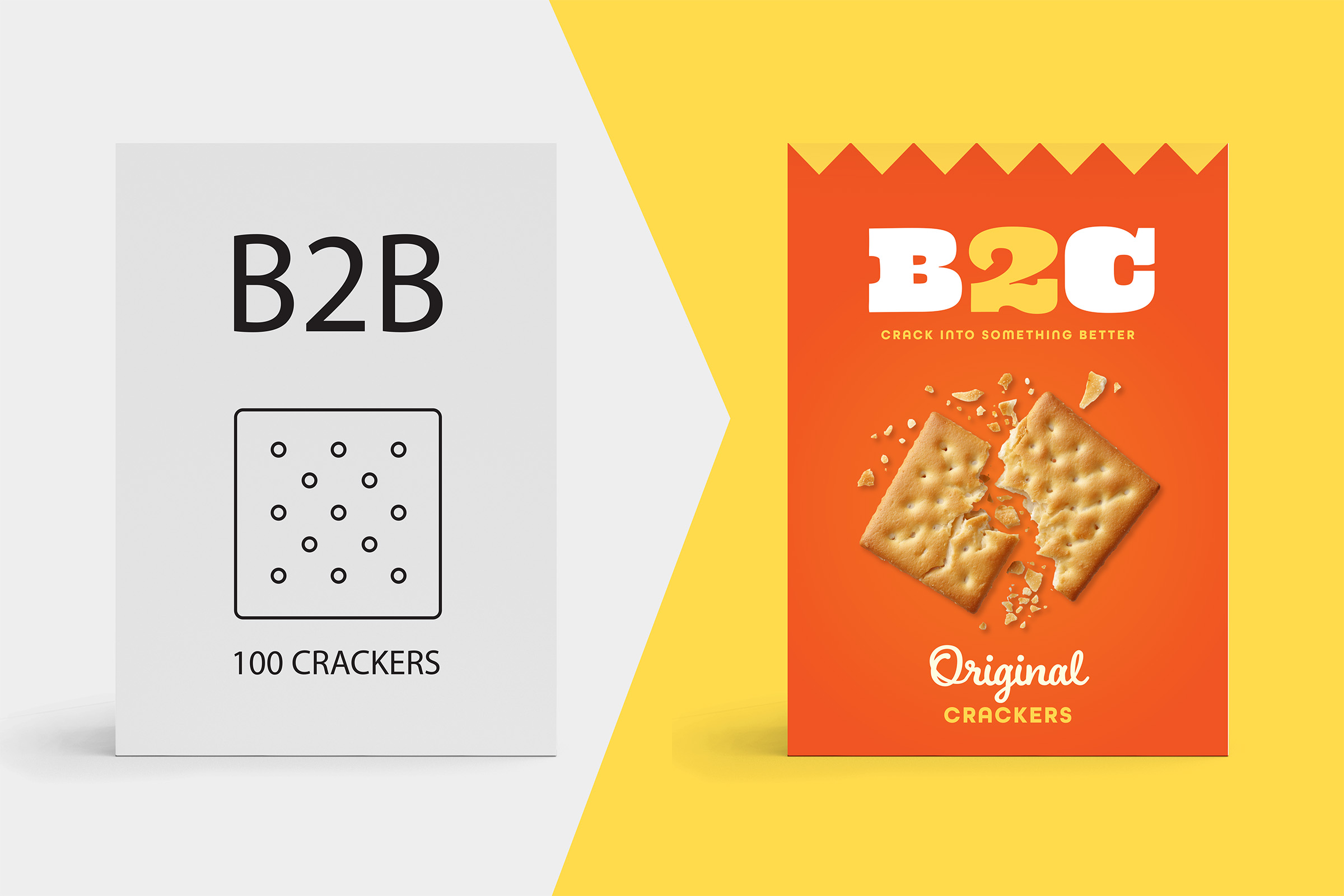
Strategy
If you're current strategy is purely B2B, it may be time to think about taking your offer directly to consumers.
This is the current page
Design, Strategy, Branding
A guide to the what, how, and why of great brand blocking.
This is the current page
Design, Production, Consumer, News
By learning what recycling and sustainability symbols mean, consumers can reduce contamination in recycling streams, support responsible brands, and contribute to a more sustainable future.
This is the current page
Branding, Strategy, Design
While your package is the foundation of your brand, e-comm content allows you to create an enhanced online experience that allows online shoppers to interact with your product.
This is the current page
Operations
Download our Ultimate Packaging Design Prep Checklist and supplementary tools to save time, money, and sanity on your next Packaging Design project.
This is the current page
Design, Strategy, Branding
Color is a powerful branding tool. Choose a palette that reflects your values, resonates with your audience, and stands out from competitors. Stay consistent across touch points to build recognition, trust, and emotional connection.
This is the current page
Design, Strategy, Branding
From strategy to design to activation, this case study offers an in-depth look at the total process of creating the Delve brand from the ground up.
This is the current page
Branding, Strategy
From key callouts and brand stories on packaging to longer-form writing opportunities like emails and websites, this is how to ensure that all copy across your brand presents a harmonious message.
This is the current page
Strategy
Great packaging design isn’t just about creativity—it’s about having a structured process that transforms ideas into impactful solutions. In this article, I’ll walk you through the key phases, from research and ideation to validation and production, showing how a defined approach ensures both strategic alignment and flawless execution in packaging design.
This is the current page
Production
Production proofing is a critical collaboration between brand and creative teams, ensuring packaging prints exactly as intended. In this article, I’ll walk you through the four key proofing phases—from drawdowns to on-site press approval—so you can confidently navigate the process, catch potential errors early, and achieve high-quality, consistent packaging production.
This is the current page
Production
The right printing enhancements can make your packaging stand out and feel more premium. In this article, I’ll cover 10 techniques—like Spot UV, soft-touch coatings, and embossing—that add visual impact and tactile appeal. You’ll learn how these finishes elevate perceived value and create a stronger brand presence.
This is the current page
Design, Strategy, Branding
Have you ever poured months into a packaging or branding initiative, only to see lackluster results and zero ROI? You’re not alone. It’s too easy to fall into the trap of prioritizing aesthetics over strategy, leaving packaging that looks great but fails to communicate, engage, or sell. In this article I’ll lay out a holistic framework—covering Positioning, Core Values, Aesthetics, and Functionality—to ensure your packaging not only turns heads but also drives real business growth.
This is the current page
Design
2024 was another year filled with eye-catching trends – some we loved and some not so much. As we say goodbye to another year and ring in 2025, - we’re looking back at some of the biggest trends of the past year and whether we expect them to continue...
This is the current page
Branding, Strategy
Redesigning a heritage brand is a balancing act—honoring its rich legacy while staying relevant in today’s world. This article dives into practical strategies to help brands evolve thoughtfully, keeping their history alive while connecting with modern consumers.
This is the current page
Strategy
Crafting a stand-out brand strategy is both an art and a science. This article explores five key components—research, purpose, positioning, personality, and messaging—to help your brand resonate, differentiate, and thrive in today’s crowded marketplace. Let’s shine!
This is the current page
Management
At HBX Branding, our collaborative, purpose-driven culture blends creativity, growth, and laughter. This reflection shares my gratitude for a career filled with remarkable colleagues, shared values, and meaningful client relationships. It’s personal, joyful, and deeply fulfilling. From the heart!
This is the current page
Design, Branding
Visual brand equity is the heart of consumer recognition and trust, but how do you define and strengthen it? In this article, we’ll explore what it means, how to assess its impact, and ways to evolve it thoughtfully. Let’s uncover your brand’s potential together!
This is the current page
Production
Understanding the printing technique you’re working with is key to ensuring your packaging shines. In this article, we’ll break down the strengths of Flexo and Digital printing—covering setup, cost, image quality, and versatility—so you can confidently navigate your printing process. Let’s dive in!
This is the current page
Branding
Your brand’s story doesn’t stop at the package—it continues online. In this article, we’ll explore how to maintain a cohesive look and feel across digital channels, leveraging packaging elements, tone of voice, and tailored content to create a seamless consumer experience. Let’s bring your brand to life, from shelf to screen!
This is the current page
Packaging
Barcodes may seem small, but they’re essential to your product’s success. In this article, we’ll explore common pitfalls and best practices for ensuring your barcode scans perfectly every time, from proper sizing to high-contrast colors. Let’s decode the details!
This is the current page
Packaging
Feature-Creep sneaks in when too much is packed into your packaging design, diluting your brand’s core message. In this article, we’ll explore why it happens, its impact on communication, and how to embrace simplicity to keep your message clear. Let’s unpack the essentials!
This is the current page